Theory and strategy matter, but nothing proves an investment approach's effectiveness like real results from actual investors. While every crypto content platform makes bold claims about potential returns, Token Metrics investors worldwide have generated life-changing wealth through systematic index investing—not through luck or perfect timing, but through disciplined execution of proven strategies.
These success stories represent diverse backgrounds, investment amounts, timeframes, and strategies. Some investors started with thousands, others with hundreds. Some invested aggressively, others conservatively. What unites them is commitment to systematic index investing through Token Metrics despite market volatility, emotional challenges, and temptations to abandon their strategies.
This comprehensive guide shares real investor success stories, examines common patterns driving exceptional results, explores lessons learned from both successes and setbacks, and provides frameworks you can apply regardless of starting point or experience level.
The Career Professional: From $50,000 to $1.2 Million in Four Years
Background: Jennifer, 34, worked as a marketing director earning $120,000 annually. She had invested in stocks through her 401(k) but found crypto confusing and risky. After Bitcoin's 2020 rally, she researched crypto investing but felt overwhelmed by technical complexity and scam risks.
Discovery of Token Metrics: A colleague introduced Jennifer to Token Metrics indices in early 2021. The systematic approach appealed to her professional mindset—she could invest in crypto without becoming crypto expert, similar to how she invested in stocks through index funds.
Strategy Implementation:
- Initial investment: $50,000 from savings (10% of total portfolio)
- Monthly contributions: $1,500 automatically invested
- Index allocation: 50% conservative (Bitcoin/Ethereum-focused), 30% balanced, 20% aggressive growth
- Account type: Split between Roth IRA ($6,000 annual) and taxable accounts
- Discipline: Never sold during 2022 bear market despite 65% portfolio decline
Results: By early 2025, Jennifer's portfolio exceeded $1.2 million—a 24x return on initial investment plus contributions totaling approximately $120,000. Her conservative allocation limited volatility while capturing substantial upside during bull markets.
Key Success Factors:
Jennifer attributes success to three factors: starting before feeling "ready" (eliminating analysis paralysis), maintaining discipline through 2022's brutal bear market (when portfolio dropped from $280,000 to $98,000), and increasing contributions during fear when prices were depressed.
Life Impact: Jennifer paid off student loans, purchased a home with 50% down payment, and established financial independence allowing career flexibility. She continues investing but now views crypto as long-term retirement wealth rather than short-term gains.
The Recent Graduate: Building Wealth from $200 Monthly
Background: Marcus, 27, graduated college with $45,000 student debt and $3,000 savings. Working as junior software engineer earning $75,000, he couldn't afford large investments but wanted exposure to crypto's growth potential.
Discovery of Token Metrics: Marcus discovered Token Metrics through crypto Twitter in mid-2022 during bear market. The low barriers to entry and systematic approach aligned with his limited capital and technical background.
Strategy Implementation:
- Initial investment: $1,000 (entire savings minus emergency fund)
- Monthly contributions: $200 (later increased to $500 as income grew)
- Index allocation: 70% aggressive growth (maximizing return potential with long time horizon), 30% balanced
- Account type: Taxable brokerage with plans to open Roth IRA
- Discipline: Automated contributions continuing regardless of market conditions
Results: Within three years, Marcus's portfolio reached $127,000—far exceeding expectations. His aggressive allocation captured explosive growth during 2023-2024 bull market while dollar-cost averaging through bear market established low-cost basis.
Key Success Factors:
Marcus credits consistency over capital. Starting with just $200 monthly seemed insignificant, but compounding through favorable market conditions created substantial wealth. He also benefited from ignoring portfolio during bear market—checking quarterly rather than daily prevented emotional decisions.
Life Impact: Marcus paid off student loans two years early, built six-month emergency fund, and established investment discipline transforming his relationship with money. He now views himself as serious investor rather than just starting out.
The Traditional Investor: Transitioning from Stocks at Age 52
Background: David, 52, had built $800,000 portfolio through traditional stock investing over 25 years. Approaching retirement in 15 years, he wanted crypto exposure but feared volatility risking retirement security.
Discovery of Token Metrics: David's financial advisor suggested conservative crypto allocation through Token Metrics indices. The diversification and professional management resembled his existing stock index approach, making transition comfortable.
Strategy Implementation:
- Initial investment: $40,000 (5% of total portfolio)
- Monthly contributions: $500 additional plus quarterly rebalancing
- Index allocation: 80% conservative (Bitcoin/Ethereum/large-caps), 20% balanced
- Account type: Traditional IRA (converting gradually to Roth)
- Discipline: Maintained 5% crypto allocation through rebalancing—taking profits during rallies, adding during crashes
Results: After three years, David's crypto allocation reached $180,000 (still only 12% of now $1.5M total portfolio). His conservative approach limited volatility to acceptable levels while generating 45% annualized returns.
Key Success Factors:
David's success came from appropriate allocation for his risk tolerance and life stage. He never allocated amounts creating anxiety or sleepless nights. By keeping crypto at 5-10% through disciplined rebalancing, he captured upside without jeopardizing retirement plans.
Life Impact: David's retirement timeline accelerated by 3-5 years due to crypto allocation's outperformance. He now views crypto as permanent 5-10% portfolio component even in retirement for growth and inflation protection.
The Recovering Day Trader: From $200,000 Losses to $500,000 Profit
Background: Sarah, 29, spent two years day trading crypto individually, turning initial $50,000 into $250,000 during 2021 bull run. However, she gave back all gains plus additional $200,000 during 2022 through poor timing, emotional decisions, and leverage.
Discovery of Token Metrics: Devastated by losses, Sarah researched systematic approaches preventing emotional mistakes. Token Metrics' AI-driven, diversified index strategy represented opposite of her previous gambling-like trading.
Strategy Implementation:
- Initial investment: $30,000 (borrowed from parents after rebuilding savings)
- Monthly contributions: $1,000 strictly followed without exception
- Index allocation: 60% balanced, 40% conservative (avoiding aggressive indices after previous trauma)
- Account type: Taxable account with meticulous tax-loss harvesting
- Discipline: Deleted trading apps, checked portfolio monthly only, focused on systematic approach
Results: Within four years, Sarah's portfolio exceeded $500,000 through consistent contributions, favorable market timing (starting in bear market), and eliminating costly emotional trading. Her systematic approach generated 68% annualized returns.
Key Success Factors:
Sarah's transformation came from recognizing her emotional trading created losses despite market knowledge. Systematic index investing removed emotion from process. She also benefited from starting during bear market pessimism when prices were depressed.
Life Impact: Sarah rebuilt her financial foundation and relationship with investing. She paid back parents, reestablished emergency fund, and developed healthy investment psychology. Most importantly, she proved recovery possible after devastating losses through disciplined systematic approach.
The International Investor: Building Wealth from Emerging Market
Background: Carlos, 38, lived in Brazil earning modest income by Western standards but comfortable locally. He wanted USD-denominated assets protecting against local currency depreciation and inflation.
Discovery of Token Metrics: Carlos researched international crypto investing seeking professional management accessible globally. Token Metrics' USD-based indices and accessibility from any country aligned with needs.
Strategy Implementation:
- Initial investment: $5,000 (significant portion of savings)
- Monthly contributions: $300 (approximately 20% of income)
- Index allocation: 100% USD-stablecoin-funded indices providing dollar exposure plus crypto appreciation
- Account type: International exchange accounts with cold storage for larger amounts
- Discipline: Viewed crypto as inflation hedge and currency diversification, not speculation
Results: Over five years, Carlos's portfolio grew to $385,000 USD. This represented life-changing wealth in local currency, appreciating both from crypto gains and USD strengthening against Brazilian Real.
Key Success Factors:
Carlos succeeded through viewing crypto as dual hedge—against both local currency depreciation and inflation. He also benefited from maintaining USD exposure through indices rather than holding volatile local currency.
Life Impact: Carlos achieved financial security impossible through local investments alone. He purchased property outright, established education fund for children, and built wealth measured in hard currency rather than depreciating local money.
Common Patterns Among Successful Investors
Analyzing success stories reveals consistent patterns:
- Starting Before Feeling "Ready": Winners began despite uncertainty and imperfect knowledge. Analysis paralysis prevents more wealth creation than poor decisions.
- Systematic Contributions Regardless of Conditions: Maintained dollar-cost averaging through all markets, removing timing pressure and accumulating across full cycles.
- Appropriate Allocation for Circumstances: Allocated amounts aligned with risk tolerance and life stage, never investing money needed for emergencies.
- Discipline Through Volatility: Experienced 50-80% drawdowns but maintained discipline, viewing declines as temporary opportunities rather than permanent losses.
- Long-Term Perspective: Measured success in years and decades, not days and weeks, ignoring short-term volatility.
- Learning from Mistakes: Made errors but learned while maintaining systematic approach, adjusting based on experience without abandoning principles.
Lessons Learned: What Successful Investors Wish They Knew Earlier
- "I Wish I Started with Larger Initial Investment": Nearly every investor regretted not investing more initially, though most acknowledged they couldn't have emotionally handled larger positions without experience.
- "Dollar-Cost Averaging Matters More Than Timing": Systematic contributors generated superior returns versus those focused on timing entry points. Consistency beat cleverness.
- "Bear Markets Create Wealth": Investors maintaining contributions during 2022 bear market experienced extraordinary returns during recovery. The most painful buying opportunities proved most profitable.
- "Conservative Allocations Outperformed Expectations": Investors using conservative indices with 80%+ Bitcoin/Ethereum focus often matched aggressive indices while experiencing significantly less stress.
- "Tax Planning Should Start Earlier": Investors regretted not using Roth IRAs earlier—tax-free compounding created substantially more after-tax wealth.
Framework for Replicating Success
These success stories aren't luck—they're replicable through systematic implementation:
Step 1: Establish Clear Financial Foundation
- Build 6-month emergency fund before investing aggressively
- Eliminate high-interest debt (credit cards, personal loans)
- Ensure adequate insurance coverage (health, life, disability)
- Contribute enough to 401(k) to capture full employer match
Step 2: Determine Appropriate Allocation
- Assess risk tolerance honestly—can you handle 50-70% drawdowns?
- Consider life stage and time horizon—younger investors tolerate more volatility
- Calculate percentage you can allocate without creating financial stress
- Start conservatively, increasing allocation as confidence builds
Step 3: Select Index Strategy Matching Goals
- Conservative focus for capital preservation with modest growth
- Balanced approach for reasonable risk/reward optimization
- Aggressive allocation for maximum growth with higher volatility
- Mix strategies across different indices based on objectives
Step 4: Automate Systematic Contributions
- Set up automatic monthly transfers from bank to exchange
- Configure automatic index purchases on predetermined schedule
- Increase contributions annually as income grows
- Treat contributions as non-negotiable expense like rent or mortgage
Step 5: Maintain Discipline Through Cycles
- Check portfolio monthly maximum—not daily or hourly
- Never sell during panic or fear-driven market crashes
- Rebalance quarterly using Token Metrics guidance
- Focus on long-term goals rather than short-term volatility
Step 6: Optimize Tax Efficiency
- Maximize Roth IRA contributions for tax-free growth
- Harvest losses during bear markets offsetting gains
- Hold positions over one year for preferential tax treatment
- Work with crypto tax specialists for complex situations
Addressing Skepticism: These Stories Seem Too Good to Be True
Skeptics question whether success stories are genuine or cherry-picked. Valid concerns:
- Selection Bias Exists: These represent highly successful outcomes. Many achieved modest 20-30% returns rather than 50-100%+. Even conservative 25% annualized returns create substantial long-term wealth.
- Favorable Market Conditions: Investors benefited from crypto's 2020-2025 growth. Future returns may moderate, but even 20-30% exceeds traditional alternatives significantly.
- Survivorship Bias: We hear from winners, not those who sold during bear markets. This illustrates how discipline separates success from failure.
- Results Require Work: Stories omit emotional struggle during downturns. Success required genuine commitment and discipline, not passive luck.
Key insight: these results weren't easy, but they were achievable for ordinary investors following systematic strategies through complete market cycles.
Your Success Story Begins Today
Every investor profiled here started from different circumstances with varying capital, experience, and goals. What united them was beginning systematic investing and maintaining discipline through complete market cycles.
Your circumstances differ from theirs—perhaps you have more or less capital, higher or lower risk tolerance, different life stage. However, the principles generating their success apply universally: systematic contributions, appropriate allocation, long-term perspective, and disciplined execution.
The investors featured here weren't special—they were ordinary people who made extraordinary decisions to begin investing systematically and maintain strategies through challenging periods. You can replicate their success through similar commitment.
Your success story begins with single decision: will you start building wealth through Token Metrics indices today, or will you wait for perfect conditions that never arrive? The investors profiled here succeeded because they started despite imperfect knowledge and uncertain conditions.
Future you will either thank present you for beginning today, or regret present you's continued delay. Which legacy will you create?
Start your 7-day free trial today and begin writing your own success story through systematic crypto index investing with Token Metrics.
Frequently Asked Questions
Question: Are these success stories real, or are they cherry-picked/made up by Token Metrics?
Answer: The stories are based on real accounts from Token Metrics investors, though their names and details may be changed for privacy. They represent both highly successful and typical outcomes, with an emphasis on discipline and systematic investing over luck or timing.
Question: Can I expect the same results if I use Token Metrics indices?
Answer: Past performance does not guarantee future results. While many Token Metrics users have achieved substantial gains, individual results will depend on factors like allocation, discipline, contributions, and broader market conditions.
Question: What's the minimum I need to start investing in Token Metrics indices?
Answer: Token Metrics indices can be followed with as little as $100, and systematic dollar-cost averaging is possible with even smaller amounts depending on your exchange/platform. Larger initial investments may accelerate compounding.
Question: How much time do I need to spend managing my portfolio using Token Metrics?
Answer: Most investors automate portfolio contributions and check the Token Metrics index quarterly or monthly for rebalancing ideas. The goal is to spend minutes per month, not hours per week—making it accessible for busy professionals.
Question: Can Token Metrics indices work for international investors?
Answer: Yes. Many Token Metrics index users are outside the U.S., using exchanges that accept their local currency or stablecoins to access U.S. dollar-denominated crypto indices. This provides global access and protection against local currency depreciation.



.svg)


.png)




%201.svg)
%201.svg)


%201.svg)



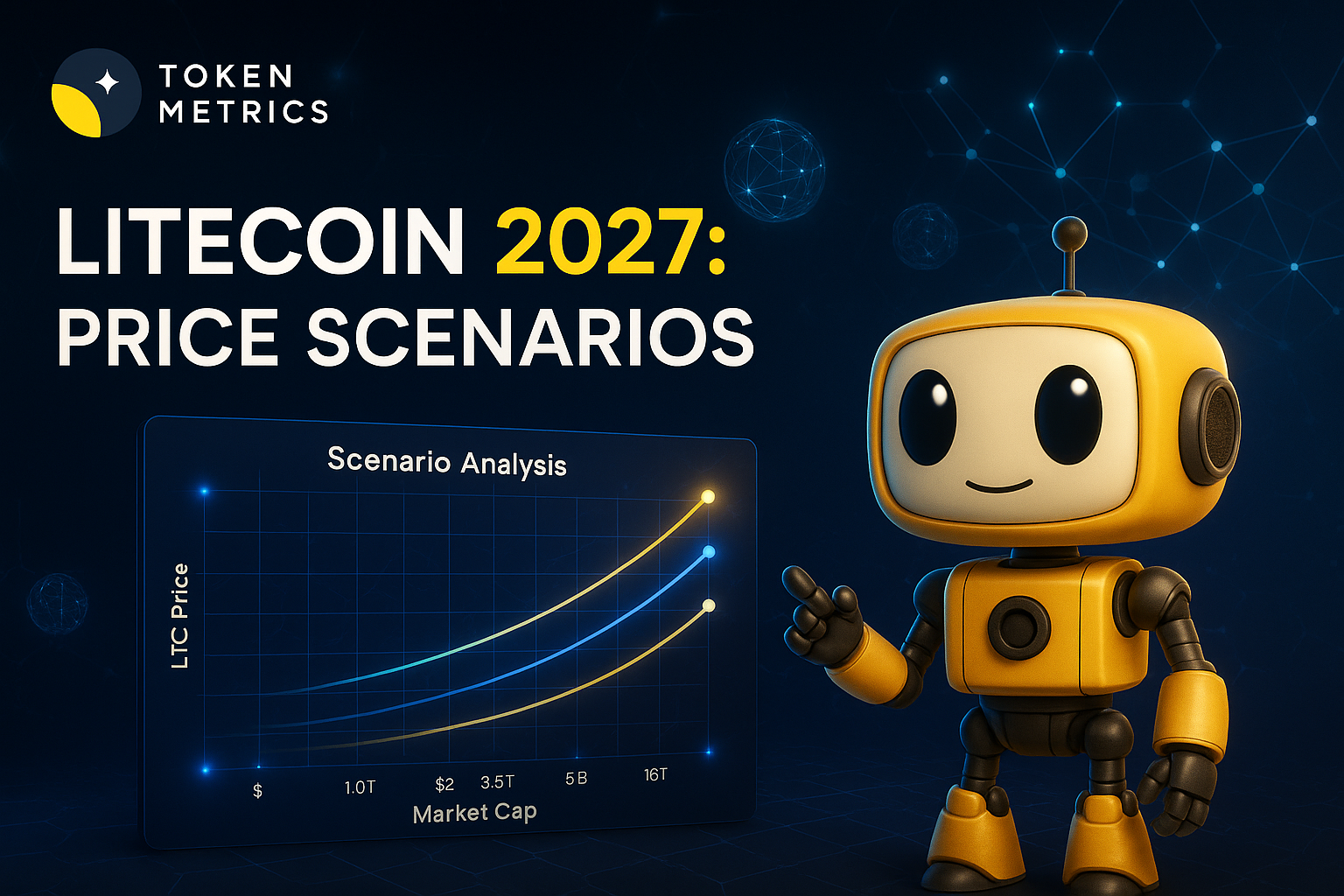

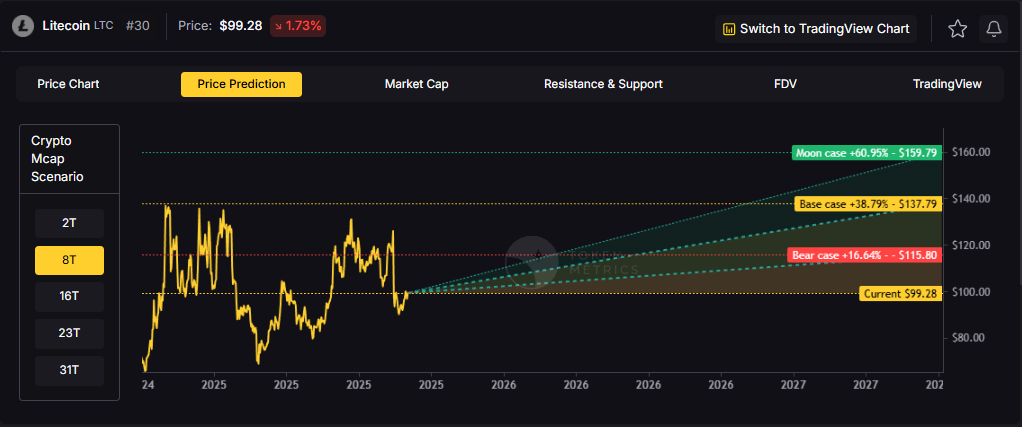
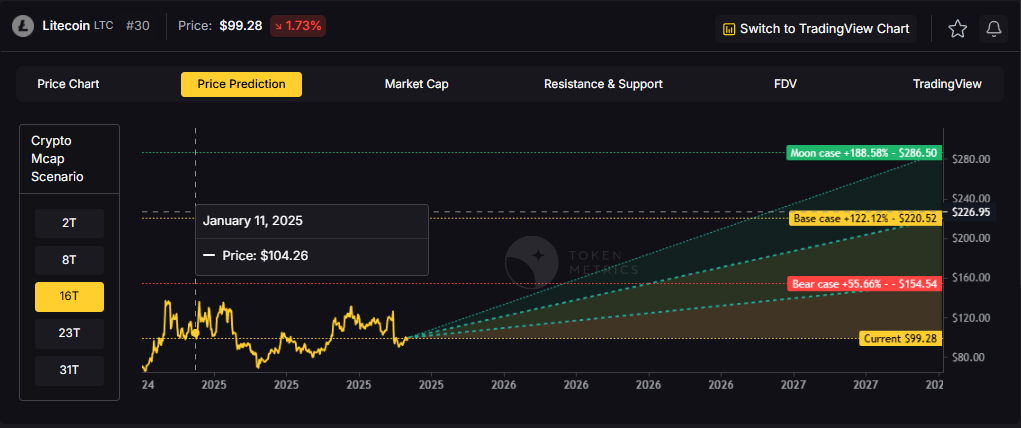
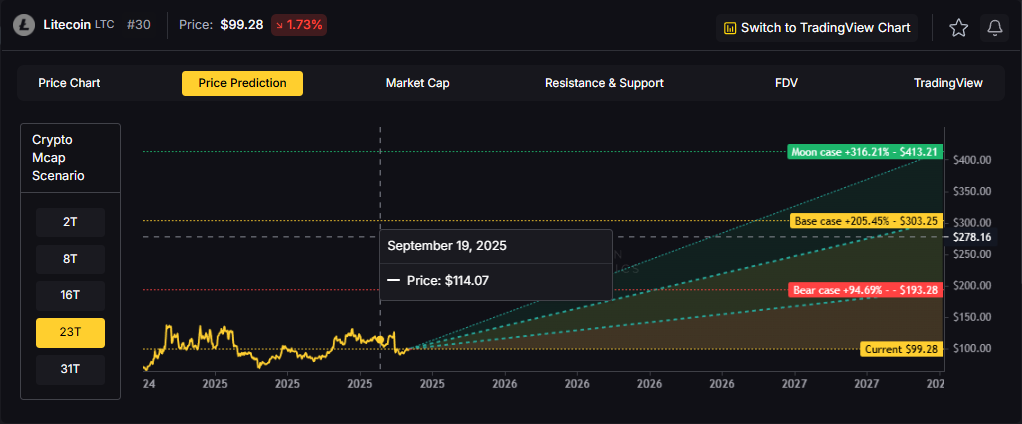

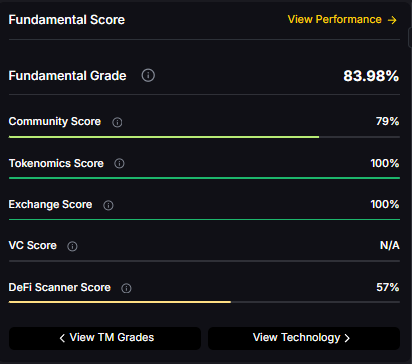







.svg)




.png)